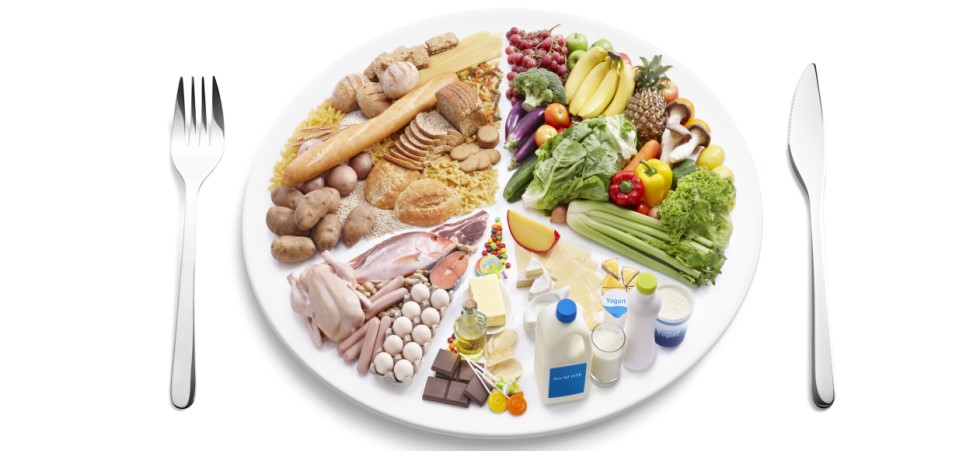The average price for food in the UK has seen its most dramatic increase in more than 45 years but overall inflation has fallen slightly to 10.1% in the year to March.
The reasons behind the increase are multiple but include rising costs in transport, a weak pound, poor harvests in both Europe and North America in particular, Brexit and the continuing war in Ukraine.
Karen Betts, chief executive of the Food and Drink Federation, said earlier in the year: “The increased costs of ingredients, energy, packaging and the movement of goods in and out of the UK alongside the relative weakness of the pound have only made the situation worse for UK manufacturers.”
According to figures from the Office for National Statistics, quoted by Sky News, these are just some of the percentage increase in the average price for some store-cupboard basics:
– Olive oil 49.2%
– Sugar 42.1%
– Low-fat milk 38.8%
– Whole milk 37.9%
– Sauces, condiments, salt, spices & culinary herbs 33.7%
– Cheese & curd 33.6%
– Eggs 32.0%
– Frozen vegetables other than potatoes 30.2%
– Pork 25.2%
– Edible ices & ice cream 24.3%
– Pasta products & couscous 24.1%
– Butter 22.7%
– Yoghurt 21.9%
– Jams, marmalades & honey 20.9%
– Ready-made meals 20.9%
– Fresh or chilled vegetables other than potatoes 20.5%
– Potatoes 20.4%
– Bread 18.9%
– Mineral or spring waters 18.3%
– Poultry 18.0%
– Crisps 17.9%
– Pizza & quiche 17.2%
– Fish 16.7%
– Beef & veal 14.8%
– Chocolate 14.6%
– Fruit & vegetable juices 14.1%
– Rice 13.0%
– Frozen seafood 11.2%
– Fruit 10.6%
– Breakfast cereals & other cereal products 9.0%
– Lamb & goat 6.4%
– Dried fruit & nuts 5.8%









